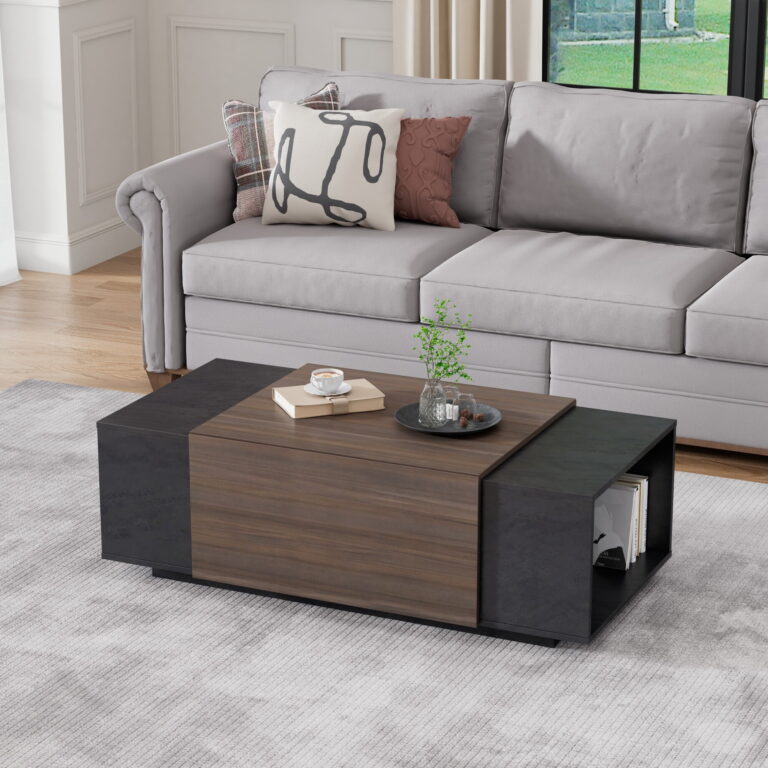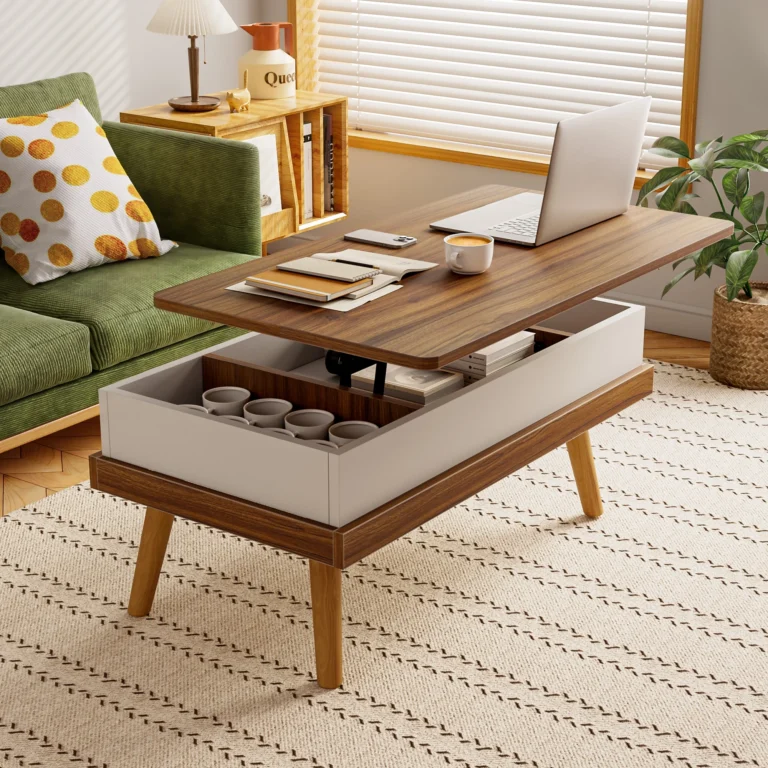Introduction:
Wall art is more than just decoration — it’s a form of self-expression that sets the tone for your entire space. In 2025, wall art is bolder, more intentional, and infused with texture, emotion, and global inspiration. Whether you’re curating a gallery wall or looking for a single impactful piece, these wall art trends will help your home feel contemporary and inspired. Let’s explore what’s trending this year.

Step 1: Oversized Statement Pieces
Large-scale wall art is making a big impact in modern interiors. A single oversized canvas or textile hanging above a sofa or bed creates a focal point that commands attention. In 2025, think expressive abstracts, organic shapes, or nature-inspired themes with warm, earthy tones.
Tip: Don’t overcrowd—let one large piece breathe and set the tone for the rest of the room.
Step 2: Textured and Dimensional Art
Flat prints are giving way to tactile wall art with depth and texture. From sculpted panels and woven tapestries to relief art and mixed media, dimensional wall art adds an artisanal, handcrafted touch to your space.
Tip: Mix different materials like wood, metal, fabric, and ceramic for a curated, collected look.
Step 3: Gallery Walls with Personality
Gallery walls continue to be a favorite—but in 2025, they’re more personal. Instead of perfect symmetry, designers are embracing eclectic, meaningful arrangements that reflect your story—think travel photos, sketches, vintage finds, and personal mementos.
Tip: Stick to a consistent color palette or frame style to tie the gallery together.
Step 4: Global and Cultural Influences
Cultural storytelling is a key theme in wall decor this year. Think traditional block prints from India, African mud cloth patterns, or Japanese ink paintings. These pieces celebrate heritage and craftsmanship, bringing a sense of global warmth into the modern home.
Tip: Choose pieces that reflect your personal roots or passions, and display them proudly.
Step 5: Nature-Inspired Prints and Organic Forms
Botanical illustrations, coastal landscapes, desert scenes, and soft watercolors are popular choices. These calming, earthy prints complement natural materials like wood, jute, and stone beautifully—perfect for those who love biophilic design.
Tip: Use soft lighting like picture lights or warm LED strips to highlight natural motifs.
Conclusion:
Wall art in 2025 is all about character, texture, and individuality. Whether you’re going bold with scale or curating a wall of memories, there’s a growing trend toward art that feels intentional and personal. As you explore new wall decor this year, let your space tell a story that’s uniquely yours—with every frame, brushstroke, and texture.






